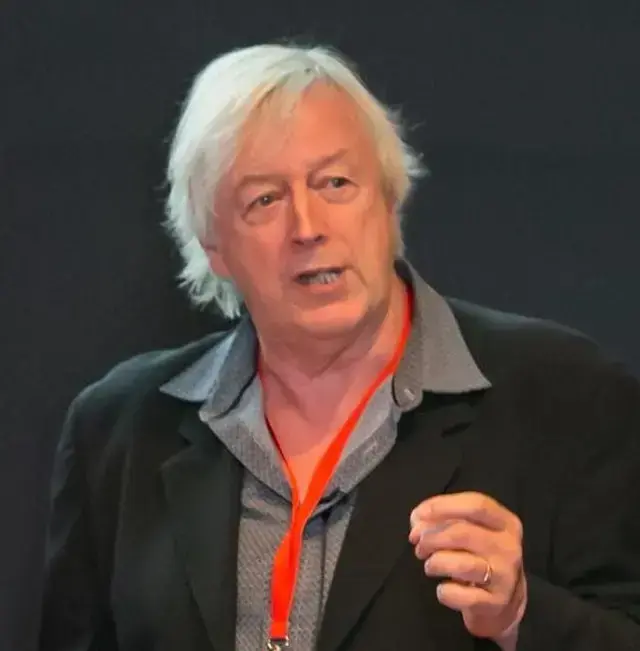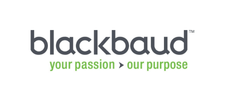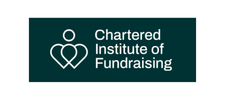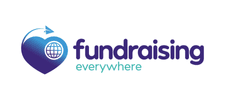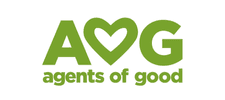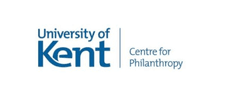How to be an effective client
The thinking behind an important new SOFII showcase.
- Written by
- Ken Burnett
- Added
- June 16, 2012

Between 1975 and 1985 ActionAid grew from nowhere to become one of Britain’s top 20 fundraising charities by income, earning itself depiction as the UK’s first direct-marketed charity. I took responsibility for fundraising there from 1977 to 1983. George Smith’s agency, Smith Bundy, won ActionAid’s direct marketing business in the early 1980s.
When I was head of fundraising at ActionAid I found myself spending more money on a daily basis on this thing called direct marketing, via press advertising and direct mail, than I’ve ever spent on anything, before or since. It was donors’ money too, not mine, money entrusted to me to help some of the poorest people on the planet. I needed to be able to see – precisely, continuously and in detail – how that money was being spent; which part of it was working best and why.
It struck me as a heavy responsibility indeed.
Of course I couldn’t do this on my own. I required a raft of expert suppliers and advisors equipped to execute a variety of specialist actions on ActionAid’s behalf, and I needed to recruit and train competent colleagues to lead, direct and manage them. Luckily for me I had two enthusiastic and supportive trustees on the charity’s board to guide me, and ActionAid prospered as a result. But most fundraisers don’t have anything of the kind and many don’t know where to find and access the wisdom and support they need.
That’s why this subject matters such a lot, for fundraisers. Every fundraiser must have somewhere to go where he or she can learn to be an effective client. People in charities have a solemn responsibility to ensure that they are demonstrably, and accountably, very, very good at it; that they spend the advertising budgets entrusted to their care as prudently as possible. Yet our professional training bodies never offer any qualifications in being an effective client and you won’t find it on the agenda at any fundraising convention.
Of course, what ActionAid was buying was not really direct marketing, it was donor recruitment and development. We’re not in the direct marketing business. That’s merely a means to an end. We’re in the donor recruitment and development business. And that, we all know, isn’t getting any cheaper, or any easier. So the imperative to be an effective client is increasingly important, by the day.
Few charities offer any training of any kind in the subject of how to manage this, the biggest of all of our expenditures. Few managers of fundraisers are accomplished in the activity themselves. People who run agencies or supplier companies either shake their heads in dismay, or rub their hands in glee at this. Not many offer practical support. Perhaps they feel that if they are honest and open they’ll lose most of their clients as a result. In most quarters the subject has been seen hitherto as too difficult, too diverse and too controversial for anyone to tackle it properly.
SOFII has decided to change that.
In many ways, how to be an effective client is an ideal subject for SOFII. We promise to be even-handed, to favour neither the client nor the supplier but only the truth and not to pull our punches.
So, dear reader, welcome to these first few pages of what we intend will build over time into the definitive guide to how to be an effective client, that will help you to be a skilful purchaser and efficient user of external services for your charity. Through a variety of contributions from various experts around the world we intend to construct a detailed showcase that will be a truly practical and useful resource for you. For the first time SOFII will aspire to establish a benchmark and a set of standards for how fundraisers should discharge this important function. This showcase therefore sets out to improve the value we all get, individually and as a sector, for our advertising and marketing spend.
Being an effective client then is a challenging, complex activity that requires practical skills as well as knowledge, wisdom, sound judgement and intuition. But there is already a huge body of established best practice on the theme – a body that could be priceless for all would-be good fundraisers. It’s this that we will seek to compile and present here, because today many fundraisers are in total or near total ignorance of it. And among fundraisers, genuinely effective clients are conspicuously rare.
So what does it take to be an effective client? Here’s a list of the some of the areas that SOFII intends to scrutinise and, from this, to distil detailed summaries of best practice as a series of ‘How to’ features, for you to read and refer to as needed.
- A self-assessment list, so you can find out how effective or otherwise you are, as a client.
- Why you need to be a good client.
- How to manage the pitch process.
- Selecting and appointing a major supplier.
- Briefing and working with suppliers.
- Paying and playing fairly.
- How to approve creative work.
- ‘Who, in their right mind, approved that?’
Our first articles are parts one and two of Have I told you lately that I love you? by Derek Humphries; and So you seriously want to be a client, a somewhat less-than-serious poke at agency/client posturing, from creative luminary George Smith. More good stuff will follow, including George’s Smith’s definitive guide Working with suppliers, reprinted from his seminal book Asking Properly, the art of creative fundraising.
‘That client is one of the precious few with the commonsense to test. I learned yesterday that they are the leaders in their category. No wonder.’—Drayton Bird, author of Commonsense Direct Marketing
Why is this showcase needed?
Take the title of that last heading in the list above, ‘Who, in their right mind, approved that?’
We’ve all said it. The evidence of ineffective clients is all too obvious, all around. Due to the public nature of our pronouncements, when we get it wrong the results are there for all to see. You’ve only to look at some of the ads in Jeff Brook’s ‘bad ads’ showcase, already on SOFII.
Bad clients preside over bad campaigns. Bad clients sanction bad ads. Bad clients allow ineffective communication. And bad ads and ineffective communication blight our whole industry.
But it’s not all the fault of these so-called ‘bad clients’. Most likely they have not had the right training, the right investment, the right guidance. Up until now there really has been precious little guidance around anywhere.
Now, there’s the SOFII guide to how to be an effective client.
A bad client also has a boss in the background who has much to answer for – he or she must be by definition negligent at best. Oh yes, it’s in everyone’s interest that our sector invests properly in learning to be effective clients. It’s a subject that should be mandatory on the certification programmes of all our professional bodies.
Why are we being so strident here? Well, because neglect of this subject has gone on long enough. Being an effective client isn’t rocket science; it’s largely a question of following best practice and deploying that rare commodity, common sense. Failure to address and rectify its absence is costing our sector, our causes, our donors and our beneficiaries millions in direct costs and millions more in opportunities lost.
At SOFII we believe it’s time to take a stand against the ineffective client.


